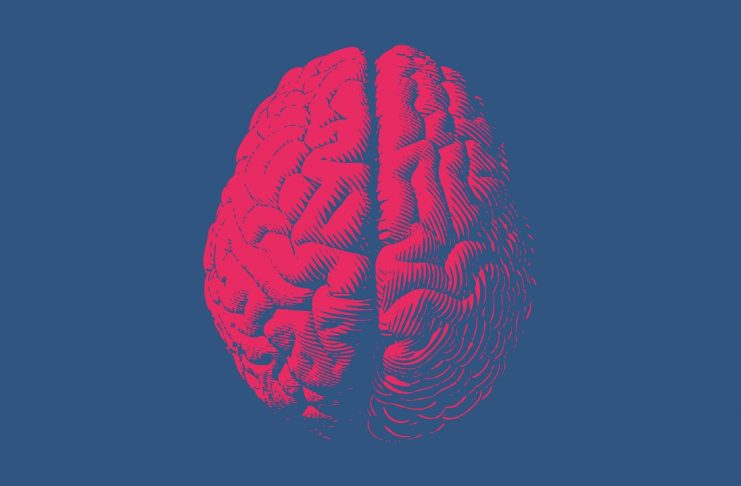In the world of science and technology, there are many interesting developments to keep tabs on. While the human brain is one of the most complex creations in all of biology, it is seemingly possible to create one from scratch in a controlled environment. Scientists have succeeded in growing a miniature brain in a dish with a spinal cord and muscles. A scary thought, although one that has tremendous potential as well.
The Non-human Human Brain
It is commendable to see scientists achieve such a major milestone in this day and age. Especially from the perspective of looking into brain science, or diagnosing specific diseases affecting parts of the brain, this new development is a major breakthrough. Although it was deemed to be impossible to “grow” a brain in a controlled environment, that is no longer the case. A very important first step has been taken in this regard.
To put everything into perspective, scientists successfully developed a tiny brain in a petri dish. It is connected to a spinal cord and muscles. While it the size of a lentil, it seems the brain cells in the dish are capable of sending connections from the brain to the spinal cord and muscle tissue. As the signals were sent, the muscles contracted, further confirming there is a direct path of communication. As creepy as it might sound on paper, it is one the more promising developments in this field of research.
Laboratory-grown human brains are always a topic of contention. While one could argue every human brain is grown within a controlled environment, there is a vast difference between a science lab and a human womb. It is also important to note these home-grown brains are very small in nature and are in no way, shape, or form rivaling the human brain rattling around in every human’s skull.
However, this field of study can be used to research specific diseases, such as motor neurone disease. As every brain is grown from human stem cells, it is evident there is a lot of potential waiting to be unlocked. For now, the scientists agree their current brain-size is “too small and primitive’ to feel or think, but that doesn’t mean future iterations will not be able to become conscious entities. That is a rather scary idea, although it will take some time until this concept is taking to that level.
The introduction of a millimeter-thick spinal cord is also an interesting touch. As the brain cells show a desire to automatically send out neuronal connections to the spinal cord, it quickly became apparent the scientists had overcome a big hurdle. Additionally, the link to the back muscle taken from mouse embryos further confirmed their new process of developing mini-brains has become successful. This method will ultimately serve many different purposes, although there is still a lot of tweaking to be done.
The complexity of a human brain has made life very difficult for researchers and scientists. Even today, very little is known regarding specific diseases and conditions which are triggered within the human brain. By reverse-engineering a tiny brain, a greater understanding of how these networks between the brain, spinal cord, and muscles are created. As the scientists can observe the process from a very early stage, one can only hope they will be able to gain a better understanding of the brain, diseases, and neuronal connections.
Image(s): Shutterstock.com




